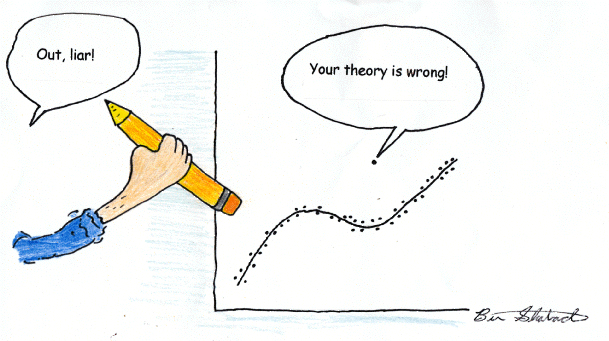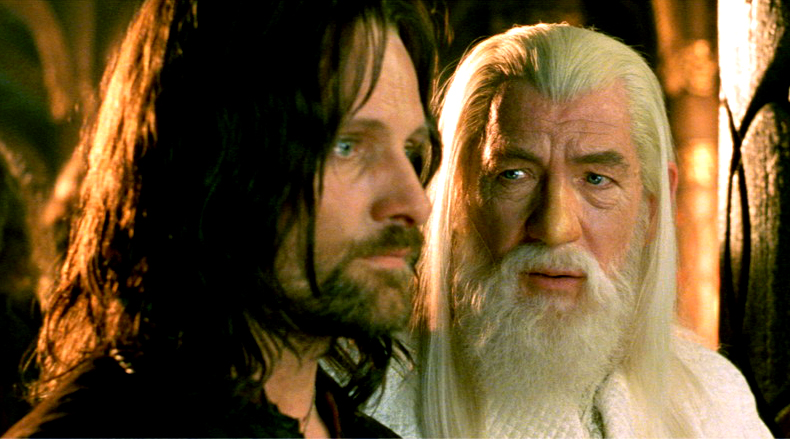Never Complain, Never Explain
Monday, December 27th, 2010I’m the wall with the womanly swagger. – Judy Grahn, She Who
During Thanksgiving dinner at a dear friend’s house, another guest airily stated that climate change is a myth. An environmental scientist and once a department chair in a well-known university, he now writes regularly for such venues as The Wall Street Journal using arguments along the lines of “There was radical climate change on earth way before humans came along.” And like many self-satisfied self-promoters, he’s set on Transmit Only.
I was spoiling to kick him in a tender spot of his anatomy and it was obvious the other guests shared my wish. But then the visit would have revolved around him. So I looked straight at him and said, “If you really believe this, go discuss it with the people of Tuvalu, Kiribati and the Maldives, who are watching their land go under water as we speak.” We all essentially ignored him for the rest of the visit. We had a terrific time.
I thought of this incident during the Stone Telling 2 roundtable. Among other questions, Julia Rios, the discussion moderator, asked me, “In your own life you’ve chosen to engage in battles, and to speak out against things you perceive as unjust. How do you reconcile those choices with the costs attached to them, and is there ever a time when you choose not to engage?”
After I had answered Julia’s question, it lingered in my thoughts. I often say (only half in jest) that humanity consists of several subspecies which happen to be interfertile. We’re far more hardwired culturally than we’d like to think. Progressive notions notwithstanding, facts almost never change the minds of adult humans unless something happens to affect them concretely in their health, status or wallet. Battles against injustice, vested interests, willful ignorance, complacency, cruelty never end. Before this relentless flood, people like me are Dutch boys with fingers in the dam.
 Halfway through my fifth decade, I still haven’t learned to leave well enough alone. By deed and by word, I’m still fighting on many fronts. I’ll go to my grave angry, though the waters of Lethe will close over my small efforts as if I’d never been. Yet after a lifetime of battles, I don’t have even a partial answer about how to engage effectively — especially since anger is still a heavily punished transgression for women.
Halfway through my fifth decade, I still haven’t learned to leave well enough alone. By deed and by word, I’m still fighting on many fronts. I’ll go to my grave angry, though the waters of Lethe will close over my small efforts as if I’d never been. Yet after a lifetime of battles, I don’t have even a partial answer about how to engage effectively — especially since anger is still a heavily punished transgression for women.
Naturally, intelligent fighters adjust their strategy and tactics to fit circumstances. Sometimes you have to be Odysseus, sometimes Alexander. But I think there are two powerful weapons tikkun paladins need to use more often. One is laughter. Another is celebration. The two share a crucial attribute: they’re not defensive; they assume legitimacy.
Accusing someone of humorlessness is a standard bludgeon used by knuckle-draggers of all persuasions. “Can’t you take a joke?” is the constant taunt to outsiders grudgingly allowed into previously exclusionary clubs. In all fairness, much humor relies on Us-versus-Them distinctions. What’s amazing, though, is how fast bullies crawl off (bawling “You’re mean to me!”) when you turn humor against them. There’s a reason why satirists and cartoonists are among the first to be arrested in dictatorships. Of course, this tactic can get you badly hurt or killed. Men in particular grow furious when women laugh at them.
I once was at another party where the guests were finance professionals. The host held forth about the deep wisdom of polygamy: it’s nature’s way, our ape cousins have harems (obviously he knew zilch about either bonobos or chimpanzees) and as a dominant male himself, etc. The other women guests were fuming, but too polite to contradict him. Finally, I smiled at him sweetly and said, “I agree with you.” Into the dead silence that ensued, I dropped, “Personally, I could handle at least three husbands.” The women burst out laughing. Several of the men spent the rest of the evening huddled in the kitchen, muttering darkly into their drinks.
The other way to short circuit reactionaries is to celebrate. When some dim bulb bleats “Diversity brings down quality,” my reflex reaction is to verbally rip them to shreds. However, a far more satisfying response is to issue invitations to a feast and call the endless rosters of Others who excel in a specific domain or task. Women don’t write space operas? Andre Norton, Ursula Le Guin, Alice Sheldon (aka James Tiptree Jr.), Joanna Russ, Joan Vinge, C. J. Cherryh, C. S. Friedman, Joan Slonczewski, Octavia Butler, Melissa Scott, Laura Mixon, Sydney van Scyoc, Kristin Landon, Elizabeth Bear, Gwyneth Jones, Liz Williams… without pausing to think and listing just those whose works I’ve read.
Celebration serves a dual purpose. Not only does it lift the morale of those who stand arrayed against oblivious idiocy; it also prevents (ab)use of the “tone” argument. Celebration recognizes past achievements and encourages forging ahead, rather than stooping to pick up every piece of broken furniture flung in our path. Let god-wannabes stew in their own toxic wastes. We have worlds to build and sustain.
Here’s the small personal roster of worlds I’m part of and want to celebrate as loudly as possible: my modest contribution to alternative splicing regulation and dementia research; Crossed Genres, Science in My Fiction, Stone Telling; my slowly emerging fictional universe, and the artists who depicted it so beautifully: Heather D. Oliver, Kathryn Bragg-Stella; and this site, now starting its fourth year, whose blog portion consistently hovers at high positions in Technorati rankings.
“Well we made a promise we swore we’d always remember,
No retreat, baby, no surrender.
Like soldiers in the winter’s night with a vow to defend,
No retreat, baby, no surrender.”
Bruce Springsteen, No Surrender
Images: 1st, Pict warrior Guinevere (Keira Knightley) in Antoine Fuqua’s King Arthur; 2nd, andártissa (resistance fighter) in WWII Greece (national historical archives); 3rd, Haldír of Lórien (Craig Parker) in Peter Jackson’s Lord of the Rings.




















